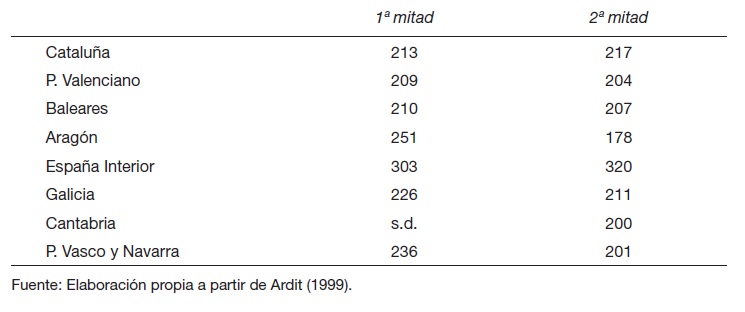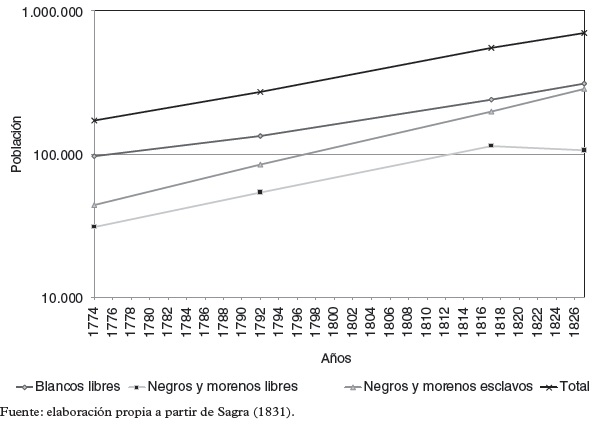The modern age witnessed an unprecedented expansion of regular convents. Until then, in the Middle Ages, this type of monastery had been limited. However, during the modern age, from the impulse of some regular orders such as the mendicant orders, numerous convents were founded throughout Spain, in which Aragon was no exception. The strength of this impulse is understandable when one considers that at the beginning of modernity there was a proliferation of regeneration movements within Catholicism, such as, for example, the Jesuit order, in addition to the aforementioned strengthening of the mendicant orders. In the same way, the political circumstances required it, since the beginning of the Protestant reform required a greater number of religious to give rise to what was known as the Counter-Reformation, where the regular orders played an important role in the regeneration of the Catholic Church
Collection: Statistics
Project: 10. Churches and religions in Europe., 4. Family, daily life and social inequality in Europe.
Chronology: XVI, XVII, XVIII
Scope: Secondary Education, Baccalaureate, University
Link: https://rua.ua.es/dspace/bitstream/10045/28505/1/RHM_21.pdf
Resource type: Statistics
Format: Table
Source: ATIENZA LÓPEZ, Ángela. “La expansión del clero regular en Aragón durante la Edad Moderna. El proceso fundacional”. Revista de historia moderna. Nº 21 (2003), pp. 57-76
Language: Spanish
Date: 2003
Owner: Djebril Bouzidi (Modernalia)
Identifier: ATIENZA LÓPEZ, Ángela. “La expansión del clero regular en Aragón durante la Edad Moderna. El proceso fundacional”. Revista de historia moderna. Nº 21 (2003), pp. 57-76
Copyright: © Ángela Atienza López y © Revista de Historia Moderna
Abstract: Table showing the evolution of convent foundations in Aragon from before the 16th century until the 18th century
Tags







